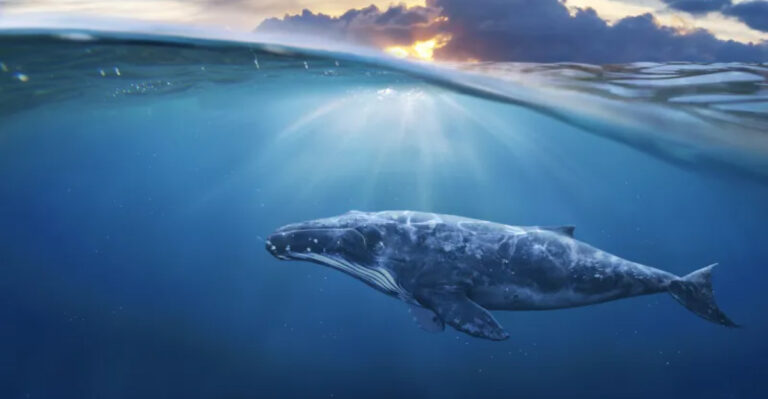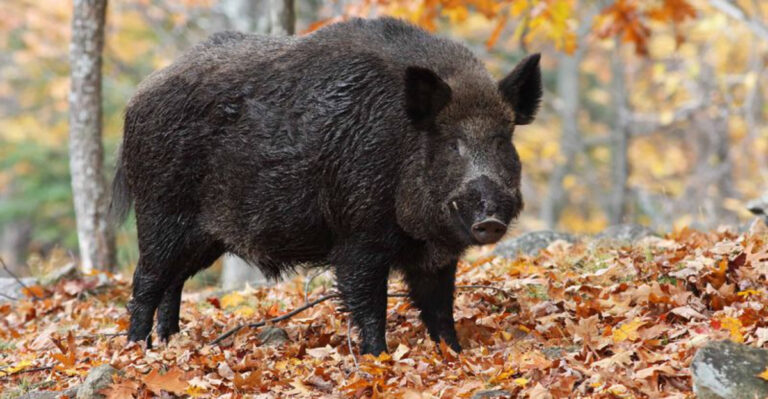What Are The Massive Sharks Roaming Florida’s Waters?
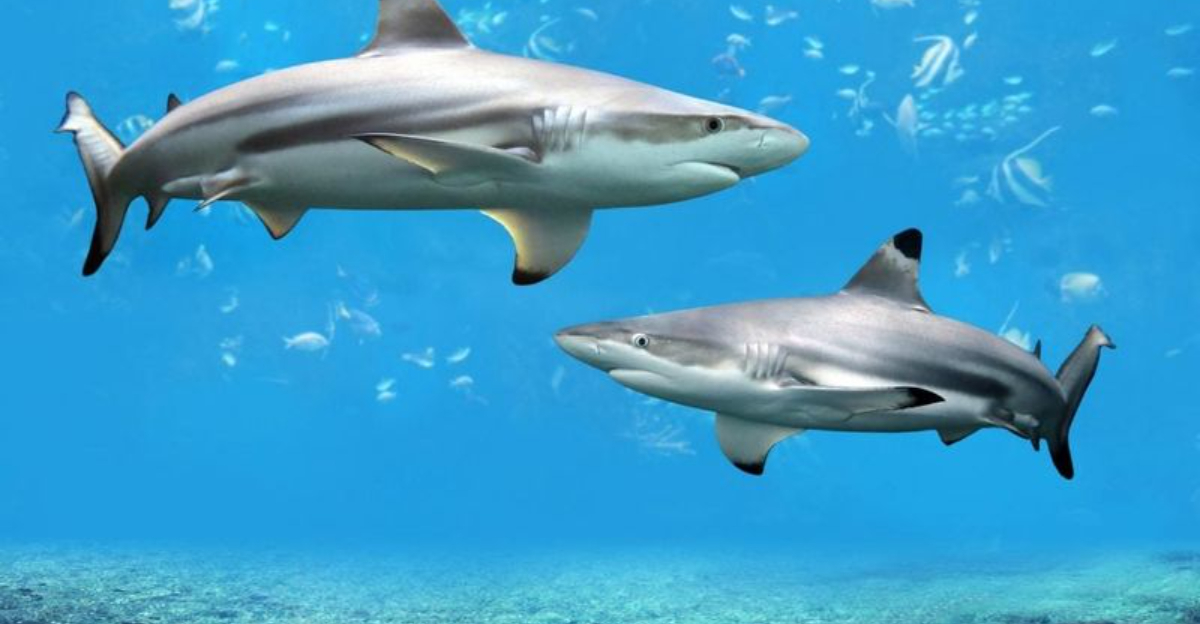
Florida’s warm coastal waters are home to some of the most fascinating predators on Earth – sharks! With over 45 species swimming along the Sunshine State’s coastline, these misunderstood creatures attract both fear and wonder.
Florida consistently leads the U.S. in shark encounters, though attacks remain incredibly rare compared to the millions who enjoy these waters annually.
1. Florida: A Shark Paradise

The Sunshine State boasts nearly 1,350 miles of coastline that creates the perfect environment for diverse marine life. These warm waters stay comfortable year-round, making Florida a permanent home for many shark species.
Scientists estimate that over 45 different shark species swim in Florida’s waters – from small bottom-dwellers to massive predators that can exceed 40 feet in length! The Gulf Stream current brings nutrients that support rich food chains, attracting sharks of all sizes.
Many of Florida’s shark populations actually migrate seasonally, following prey and temperature patterns that have existed for millions of years.
2. Shark Encounters: Rare But Newsworthy
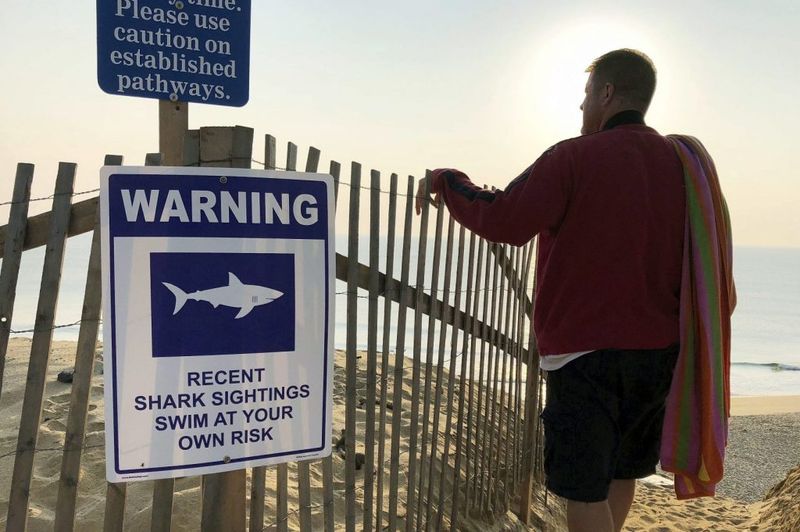
Headlines might make you think shark attacks happen daily in Florida, but the reality is quite different. Florida typically records 20-30 shark bites annually – mostly minor – despite millions of beachgoers entering the water.
Most encounters occur in Volusia County, nicknamed the “Shark Bite Capital of the World.” The murky waters around New Smyrna Beach create conditions where sharks might mistake a surfer’s hand or foot for a fish.
Almost all incidents are cases of mistaken identity, not predatory attacks. Your odds of a shark encounter? About 1 in 11.5 million, making it far less likely than being struck by lightning!
3. Blacktip Sharks: The Coastal Acrobats
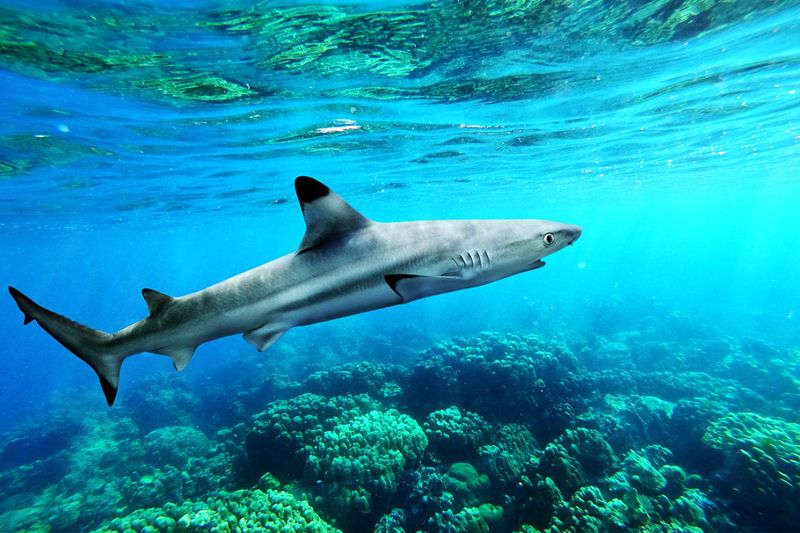
Reaching lengths of 5-6 feet, blacktip sharks might not qualify as “massive” compared to their larger cousins, but they’re among Florida’s most commonly spotted sharks.
Their name comes from the distinctive black markings on their fin tips, making them easy to identify.
Blacktips are famous for their spectacular hunting technique – leaping completely out of the water while chasing fish! These aerial displays can be witnessed during their annual migration along Florida’s east coast, when thousands travel in massive schools.
Despite their abundance near beaches, blacktips are typically shy around humans and quickly swim away when approached.
4. Sandbar Sharks: The Misunderstood Giants
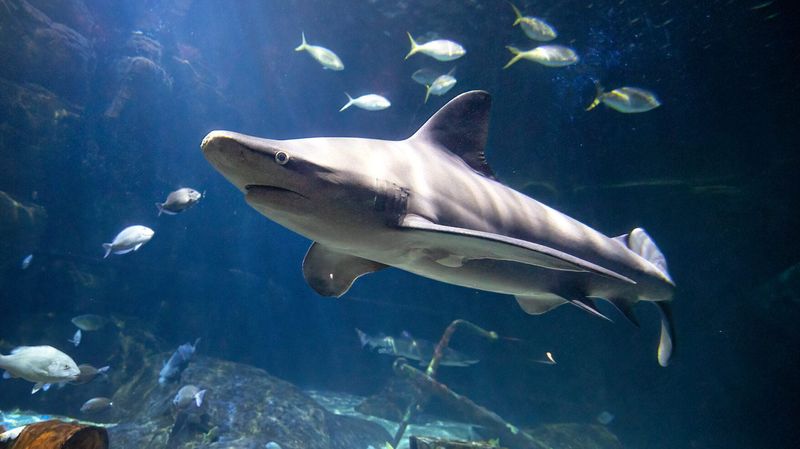
Growing up to 8 feet long, sandbar sharks are substantial predators that patrol Florida’s coastlines. Their tall, triangular dorsal fin often causes beachgoers to panic, mistaking them for the more dangerous great white shark.
Sandbars prefer to hunt along the ocean floor, using their powerful sense of smell to find crabs, fish, and smaller sharks.
Their name comes from their preference for sandy bottoms in relatively shallow water – often visible from shore.
Conservation efforts have helped sandbar populations recover after decades of overfishing. These sharks grow slowly and reproduce late in life, making them vulnerable to population decline.
5. Bull Sharks: The Freshwater Explorers
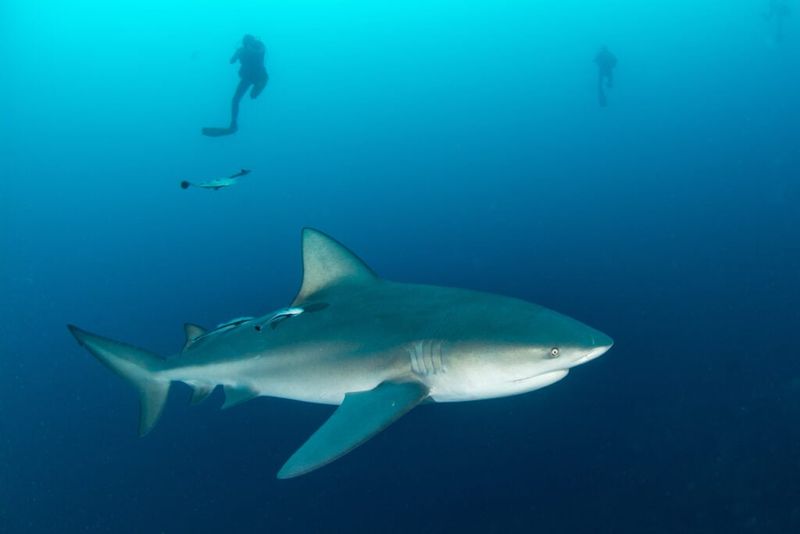
Bull sharks earn their name from their stocky build and aggressive reputation. Growing to 11 feet and 500 pounds, these powerful predators have an extraordinary ability – they can swim in freshwater! Scientists have tracked bulls miles upriver in Florida’s waterways.
Their unique kidney function allows them to regulate salt levels in their bodies, making them the only shark species that can comfortably live in both saltwater and freshwater environments.
This adaptation means they might show up in unexpected places, including lakes connected to river systems.
With poor eyesight but excellent smell, bulls hunt in murky waters where their senses give them an advantage.
6. Lemon Sharks: The Social Swimmers
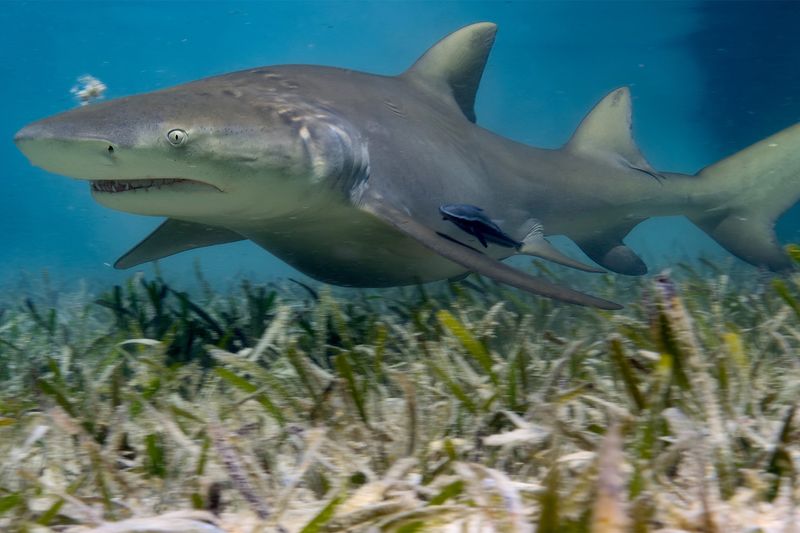
Named for their yellowish-brown coloration that provides perfect camouflage over sandy bottoms, lemon sharks grow up to 11 feet long. Unlike the solitary nature of many sharks, lemons actually enjoy company!
Researchers have documented them forming complex social groups and even recognizing specific shark “friends.”
Florida’s shallow coastal waters serve as crucial nursery grounds for baby lemon sharks. The youngsters stay in protected mangrove areas for several years before venturing into deeper waters.
Lemon sharks have among the largest brains relative to body size of any shark species, allowing them to learn tasks and solve problems that surprise scientists.
7. Nurse Sharks: The Gentle Giants
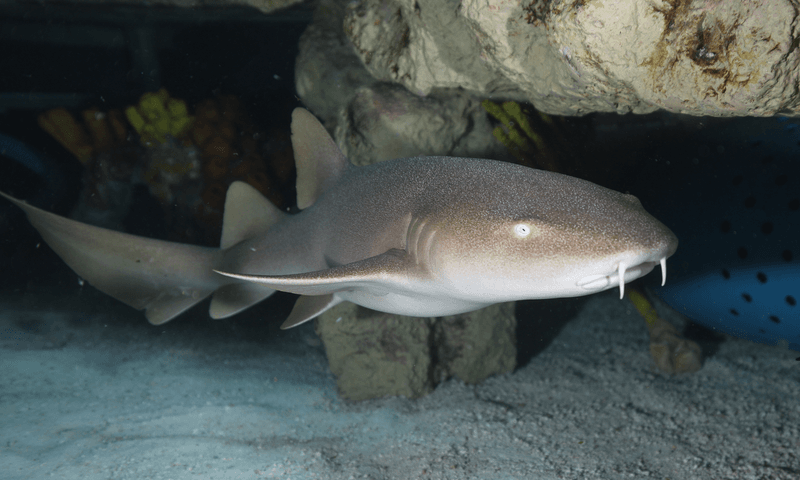
Don’t let their size fool you – nurse sharks may reach 14 feet, but they’re among Florida’s most docile shark species. These bottom-dwellers often rest motionless under ledges or in caves during daylight hours, sometimes piled on top of each other in groups!
Unlike most sharks that must swim constantly to breathe, nurse sharks can pump water over their gills while remaining stationary. This unique ability lets them rest on the seafloor for hours.
Their diet consists mainly of shellfish and small creatures hiding in the sand, which they suck up with powerful, vacuum-like mouths. Their teeth are designed for crushing shells rather than tearing flesh.
8. Tiger Sharks: The Ocean’s Garbage Disposals
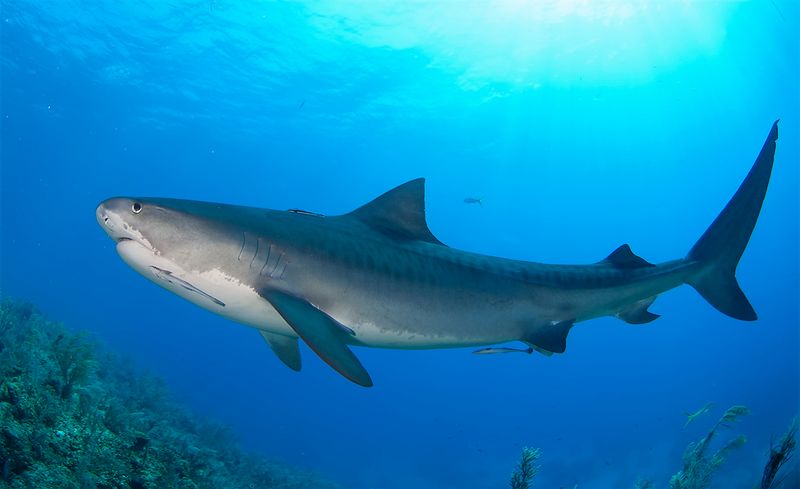
Tiger sharks earn their stripes – quite literally! Young tigers display distinct dark bands that fade as they mature, sometimes reaching an impressive 14 feet in length. These powerful predators have earned a reputation as the ocean’s cleanup crew.
Their diet includes practically anything – sea turtles, fish, birds, and even inedible items like license plates and tires!
Scientists have found incredible objects in tiger shark stomachs, including suits of armor and unopened cans of paint.
Florida’s waters serve as important feeding grounds for these nomadic sharks. They travel thousands of miles annually but return to familiar coastal areas where food is plentiful.
9. Hammerhead Sharks: The Unique Hunters

Florida hosts several hammerhead species, but the great hammerhead stands out as a true giant – reaching lengths of 20 feet! Their bizarre head shape isn’t just for show; it serves as a highly specialized hunting tool.
The wide hammer (called a “cephalofoil”) spreads their electroreceptors across a broader area, helping them detect stingrays buried beneath the sand. These sensors can detect electrical impulses from a fish’s beating heart!
Great hammerheads particularly love stingrays, using their hammer to pin the rays against the seafloor before taking a bite. Florida’s shallow coastal waters provide perfect hunting grounds for these unmistakable predators.
10. Mako Sharks: The Ocean’s Speedsters
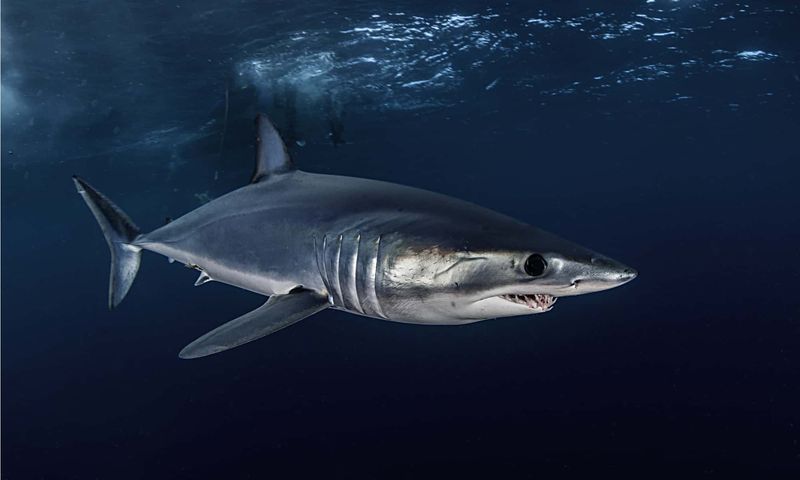
Makos are the Ferrari of the shark world! Clocked at speeds exceeding 45 mph, they’re the fastest sharks in Florida’s waters.
Their streamlined bodies, crescent-shaped tails, and unique skin texture reduce drag, allowing for these incredible bursts of speed. Growing up to 12 feet long, makos are known for their spectacular aerial displays – leaping as high as 30 feet out of water when chasing prey or caught on fishing lines.
Their metallic blue backs and white undersides create perfect camouflage from both above and below. Unlike many sharks, makos are warm-blooded! This rare adaptation lets them hunt in cooler, deeper waters while maintaining the energy needed for explosive speed.
11. Thresher Sharks: The Tail-Whipping Predators
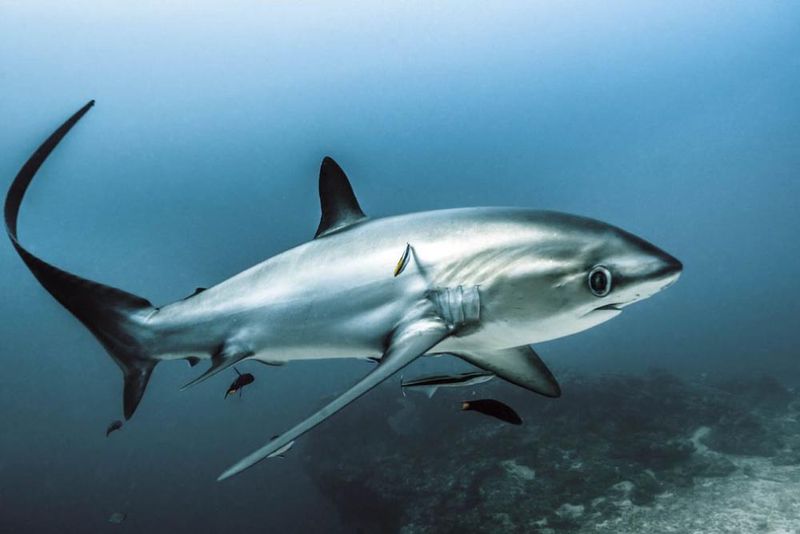
Thresher sharks sport the most extraordinary tail in the ocean – a scythe-like upper lobe that can equal half their total body length! These impressive predators grow up to 20 feet long and use their tails as weapons.
When hunting, threshers circle schools of fish, then stun them with powerful tail slaps that can actually break the sound barrier underwater. The whip-like motion creates a pressure wave that stuns or kills nearby fish, making them easy to collect.
Though rarely seen by divers in Florida waters, threshers frequent deeper offshore areas. Their large eyes help them hunt in the dim light of dawn and dusk when they’re most active.
12. Great White Sharks: The Misunderstood Legends
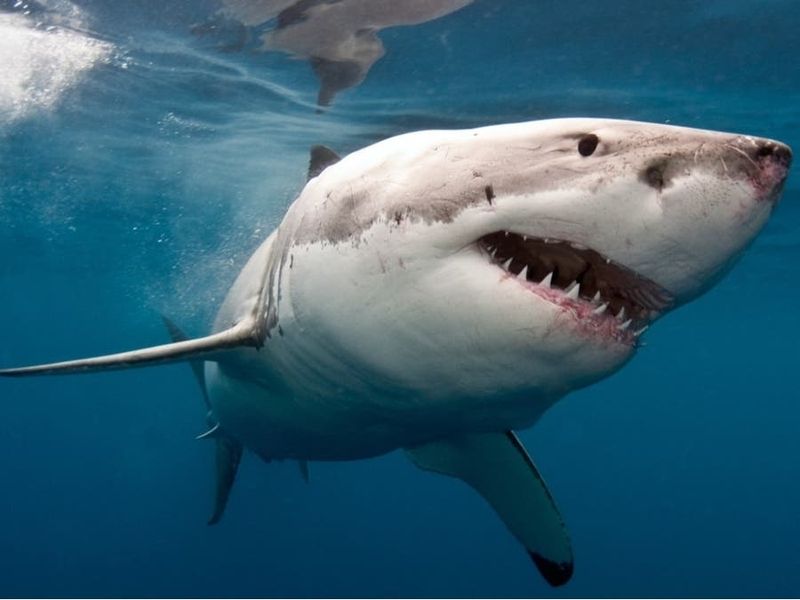
Despite their fearsome reputation, great whites are actually seasonal visitors to Florida, typically appearing in winter months. These massive predators can reach over 20 feet long and weigh more than 4,000 pounds!
Florida’s waters serve as part of their extensive migration route. Satellite tracking has revealed that some great whites travel over 12,000 miles annually, crossing entire ocean basins. They don’t establish territories like many people believe.
Great whites are actually quite picky eaters as adults, preferring fat-rich marine mammals over humans. Most “attacks” are investigatory bites where the shark quickly realizes a human isn’t its preferred prey.
13. Whale Sharks: The Gentle Plankton Eaters
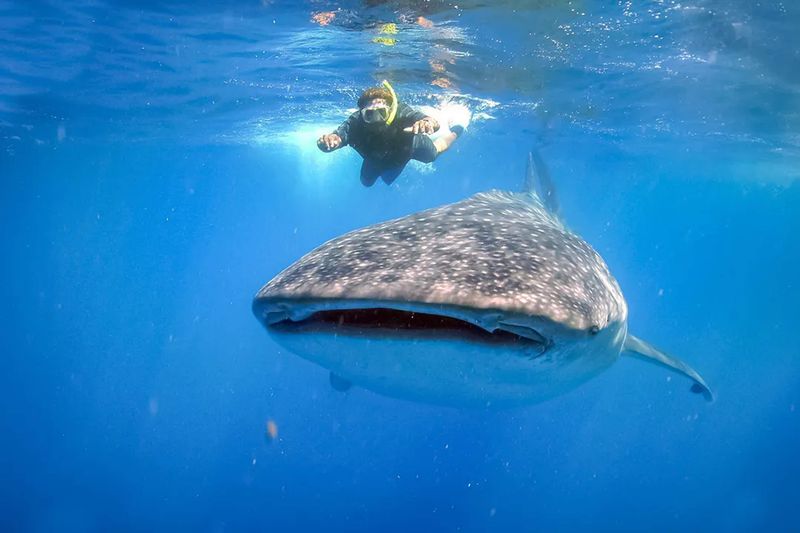
The ultimate giants of Florida’s waters aren’t fearsome predators at all! Whale sharks – reaching lengths of 40+ feet – are the world’s largest fish and occasionally visit Florida’s Gulf Coast.
Despite their intimidating size, they feed primarily on microscopic plankton. These spotted giants swim with their enormous mouths open wide, filtering thousands of gallons of water per hour through specialized gill rakers.
They’re so gentle that snorkelers can safely swim alongside them – a bucket-list experience for many ocean enthusiasts. Each whale shark has a unique spot pattern, like a fingerprint. Scientists use these patterns to identify and track individuals across oceans.

